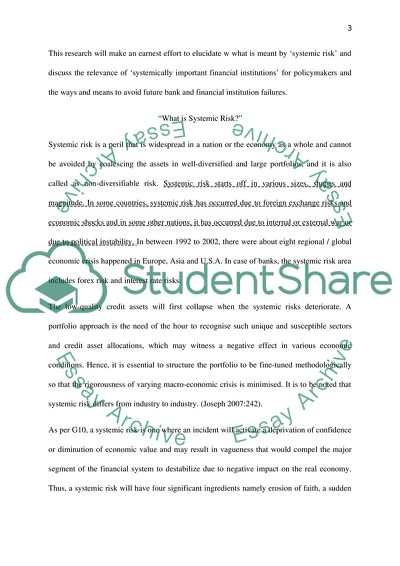Cite this document
(International banking Essay Example | Topics and Well Written Essays - 2000 words - 1, n.d.)
International banking Essay Example | Topics and Well Written Essays - 2000 words - 1. https://studentshare.org/finance-accounting/1797820-international-banking
International banking Essay Example | Topics and Well Written Essays - 2000 words - 1. https://studentshare.org/finance-accounting/1797820-international-banking
(International Banking Essay Example | Topics and Well Written Essays - 2000 Words - 1)
International Banking Essay Example | Topics and Well Written Essays - 2000 Words - 1. https://studentshare.org/finance-accounting/1797820-international-banking.
International Banking Essay Example | Topics and Well Written Essays - 2000 Words - 1. https://studentshare.org/finance-accounting/1797820-international-banking.
“International Banking Essay Example | Topics and Well Written Essays - 2000 Words - 1”. https://studentshare.org/finance-accounting/1797820-international-banking.


